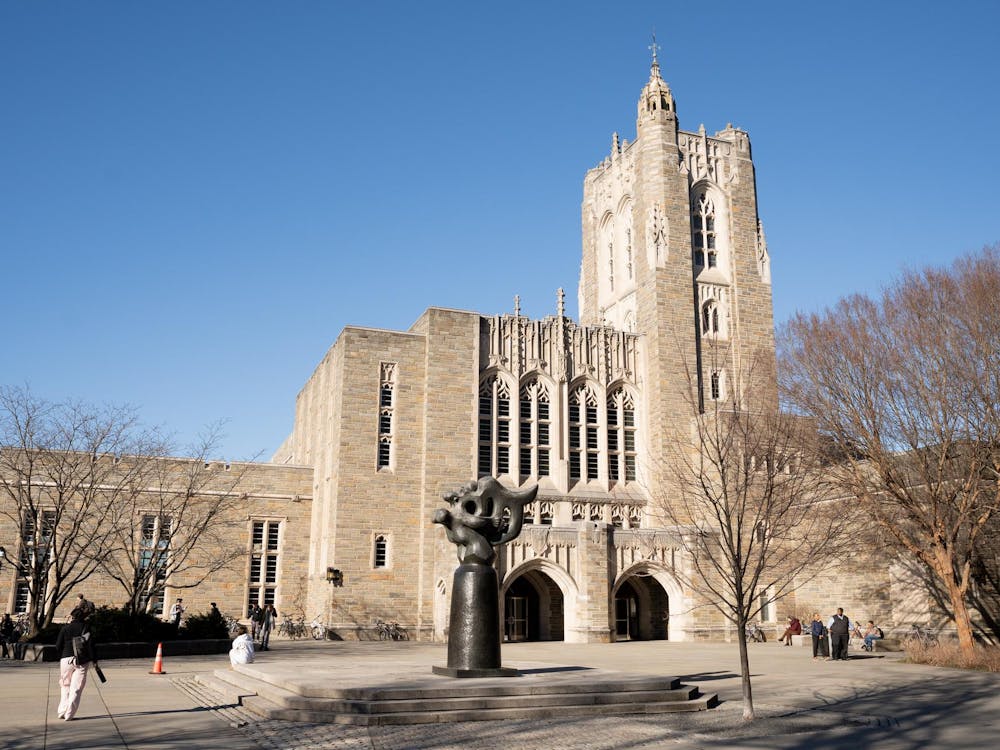Whitman: A wise choice
As your news story reported in the Feb. 18 issue of The Daily Princetonian, members of the senior class made the suggestion that Meg Whitman '77 be this year's Baccalaureate speaker, and when this suggestion was made the seniors had no knowledge of Ms. Whitman's gift for the new residential college.
The suggestion reflected a desire to have a speaker whose internationally-recognized accomplishments were in a field that relates so immediately to students' own lives. The influence of eBay among students and Meg Whitman's role as one of the nation's top executives in a historically male-dominated field were mentioned, as was the fact that her class, '77, is the parent class of '02.
The President knew of Meg Whitman's proposed gift when the seniors' suggestion of her as the Baccalaureate speaker was made. For all the reasons put forward by the seniors, the suggestion seemed to the President a good one, particularly since the Class of '77 celebrates its 25th Reunion this June. Contrary to the view of letter-writer Peter Robinson '02, the fact that Ms. Whitman cared enough about the University and student life to support the new residential college did not seem to the President a reason not to invite her. Thomas H. Wright '62 Vice President and Secretary
Architectural change
David Sillers presents a valid critique of the aesthetics of Butler and
Wilson Colleges in his opinion piece in the Feb. 15 issue of The Daily Princetonian, and his call for a renewed emphasis on architectural beauty in the construction of Whitman College should be heeded.
However, his conclusion that the University should extend "the same gothic beauty [as found up-campus] to all Princeton students" carries a deeper and more dangerous significance than might first appear.
First, setting the gothic style as the aesthetic benchmark against which beauty must be measured is unnecessarily restrictive. Many of the most notable buildings on campus — among them Robertson, Alexander, and Nassau Halls — are distinctively un-gothic, and they are distinctively attractive. Moreover, in arguing that new construction should not compromise "the architectural consistency" of campus, Sillers overlooks the genesis of Princeton's gothic style itself. Before Princetonians walked among spires and gargoyles, the campus was a hodgepodge of "modern" Victorian buildings, like Witherspoon and Dod, scattered around the original colonial architecture of Front Campus. Blair Hall, the University's oldest gothic structure, was not built until 1897.
Most importantly, however, are the intellectual implications of Sillers' argument. Princeton is a vibrant community of ideas, where academic creativity and the reassessment of historical conventions are encouraged. To impose a stagnant architectural aesthetic on such a community undermines our collective endeavor, for it suggests that ideological innovation — whether architectural or otherwise — is inferior to the status quo. Joshua Schulman '04







